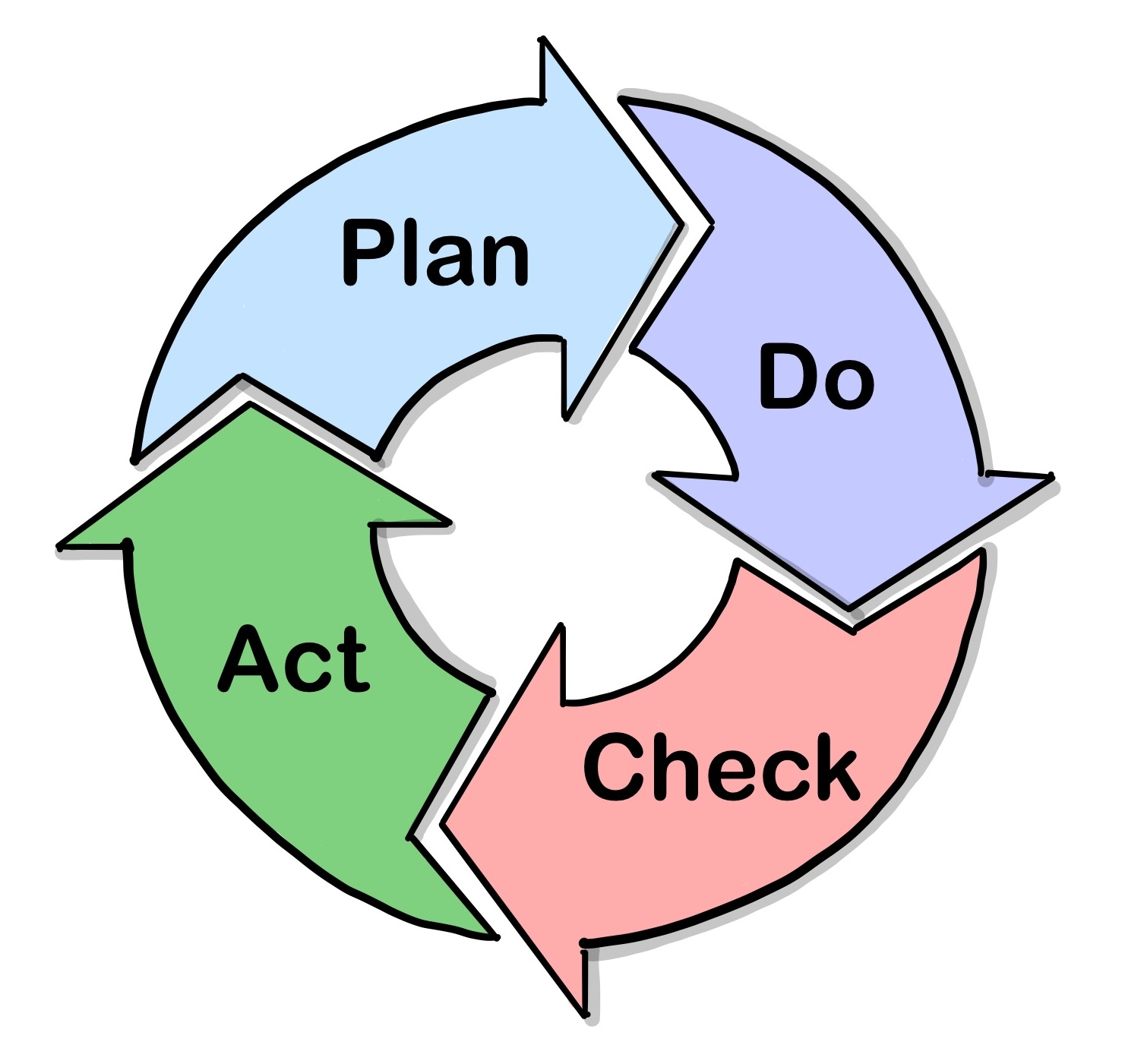Category: Retrospective
-
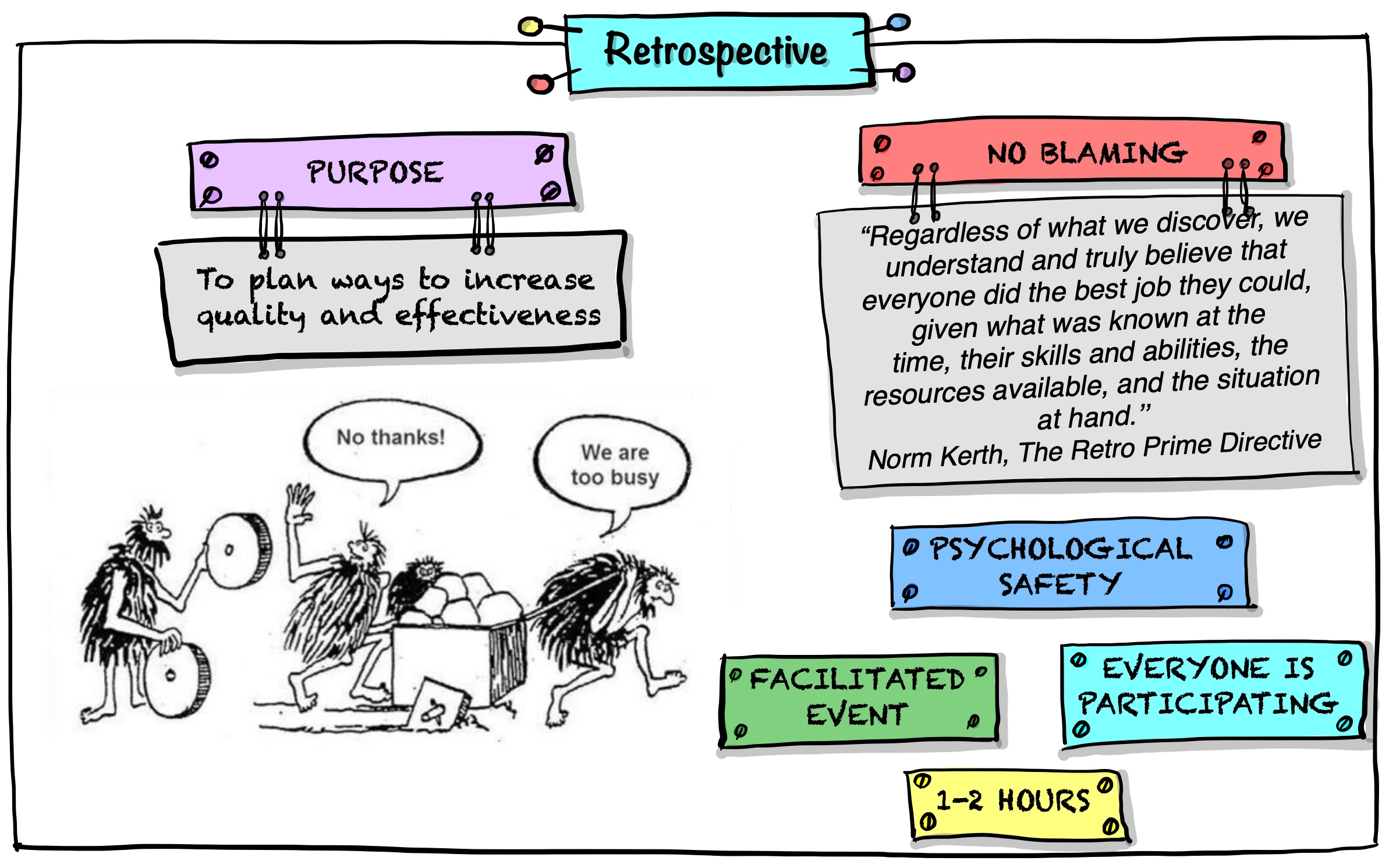
Retrospective in Pictures
All the pictures on retrospective in a single post.
-
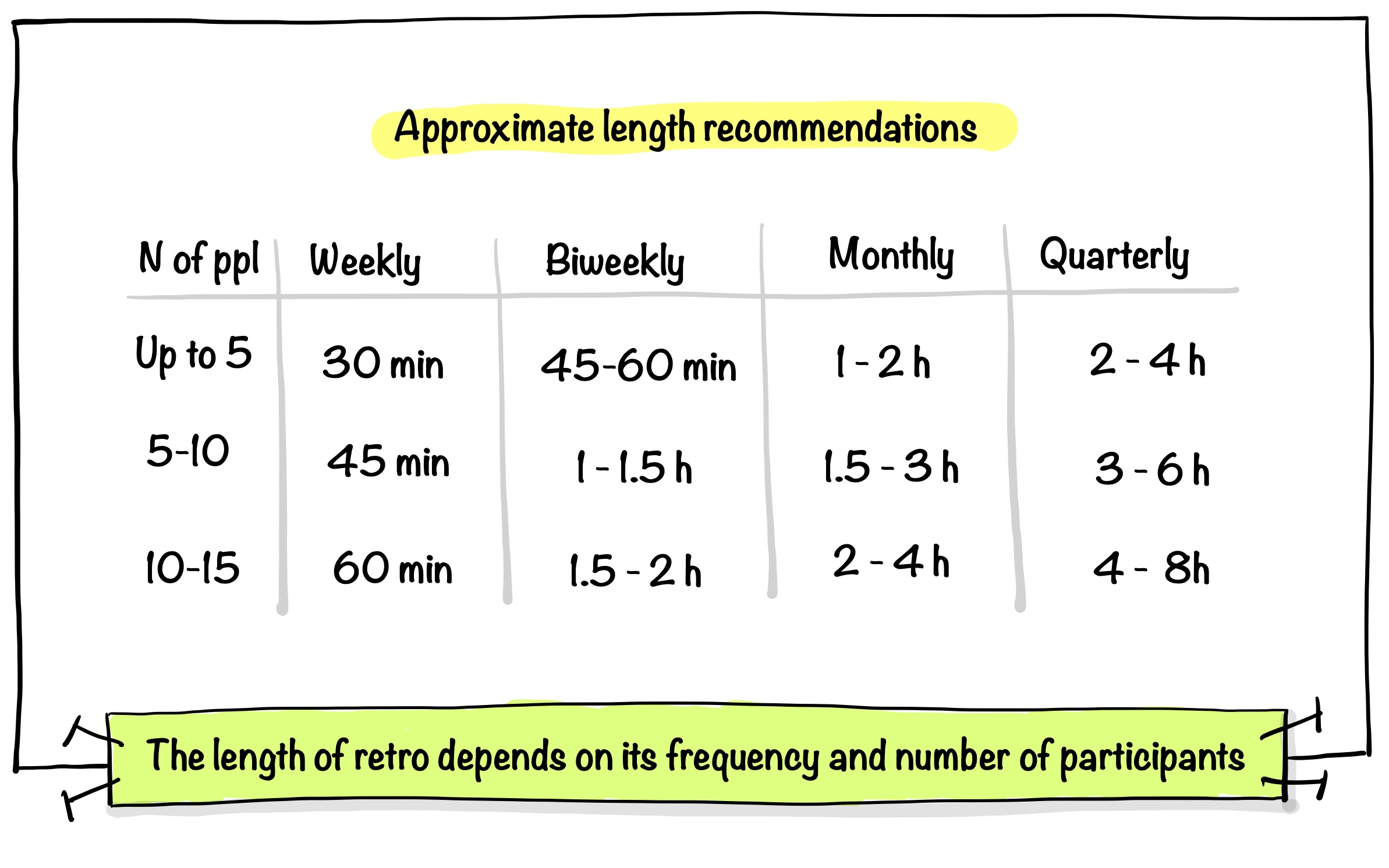
Retrospective Practicalities
Here are some very simple rules of thumb regarding the planning of retrospectives: – Duration of Retrospective – Selecting Activities for Retrospective – Tools For Retrospective – Divide participants into smaller groups
-
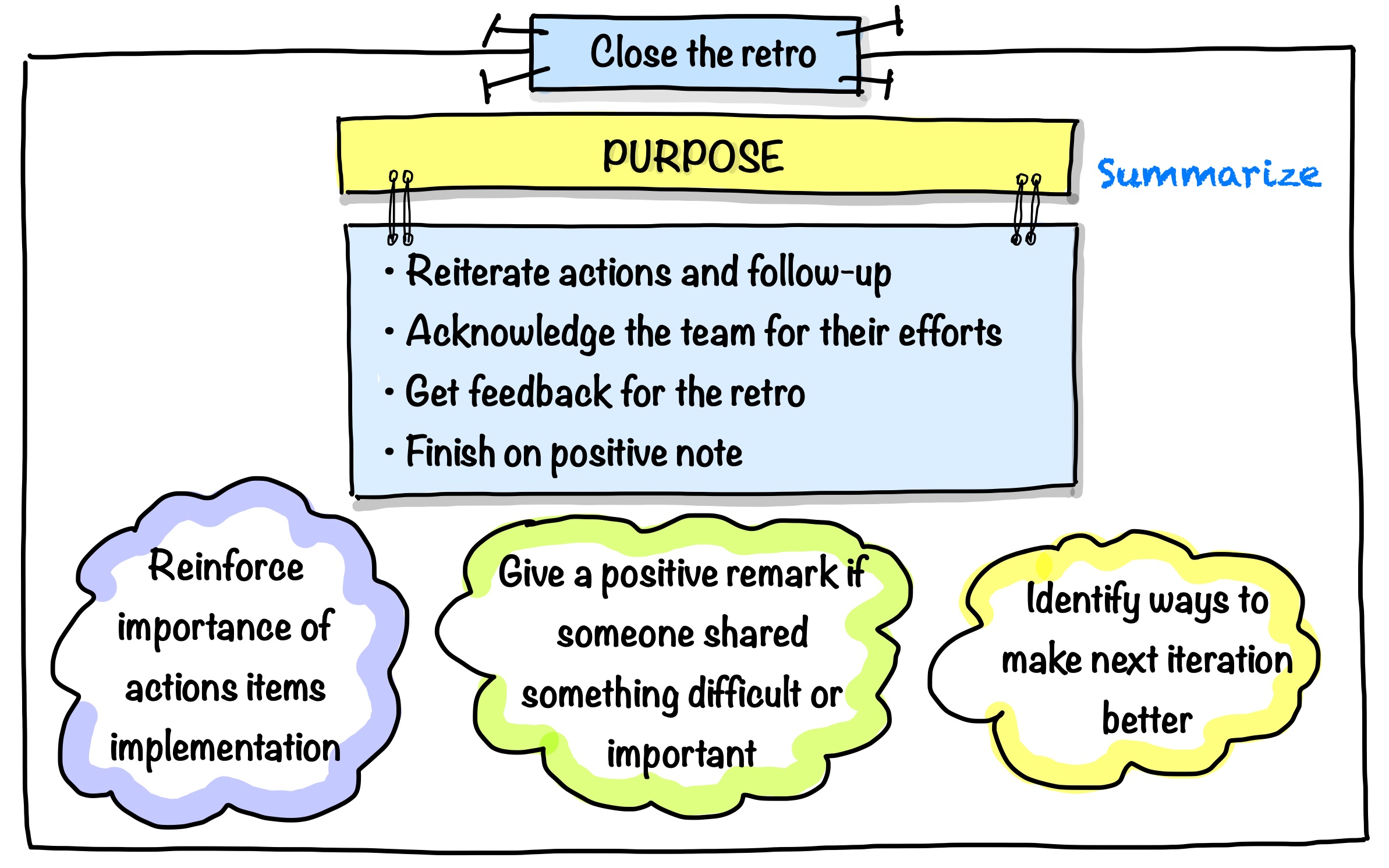
Phase 5 of Retrospective: Close The Retrospective
The last step of the retrospective is important to summarize and acknowledge what has been done during it, as well as to reinforce the importance of implementing the action items and, of course for finishing on a positive note!
-
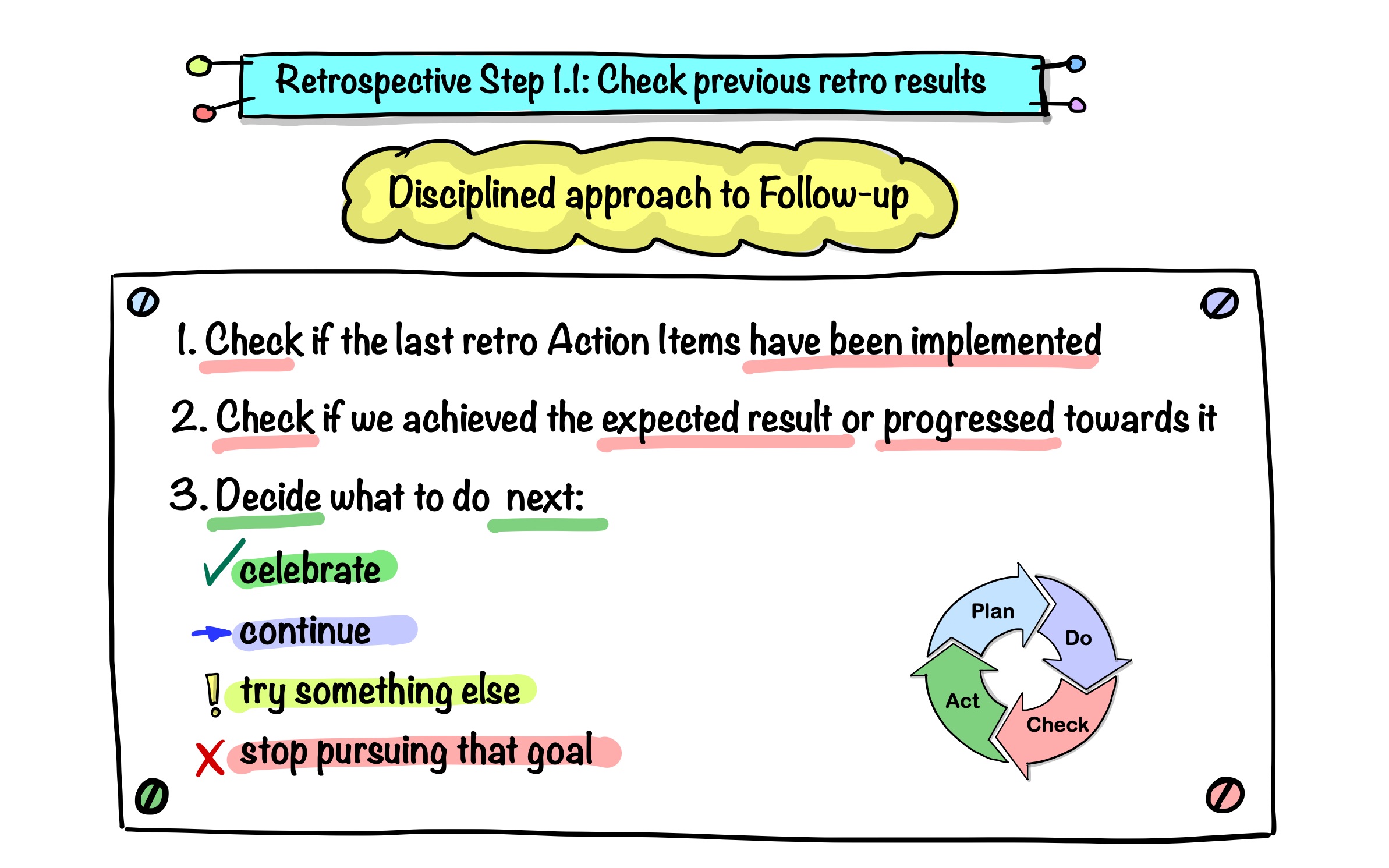
Disciplined Approach to Follow-up The Previous Retro Results
Way too often we are so satisfied with our retro results and happy about how the retro went, that we put mental check: “Done” and forget about decisions we made right away after the end of the retro.
-

What Is A Good Action Item of Retrospective?
The goal of Retrospective is improvement of our current situation. We are planning experiments for this, which are our Action Items, which we believe will get us to the desired state or closer to it.
-
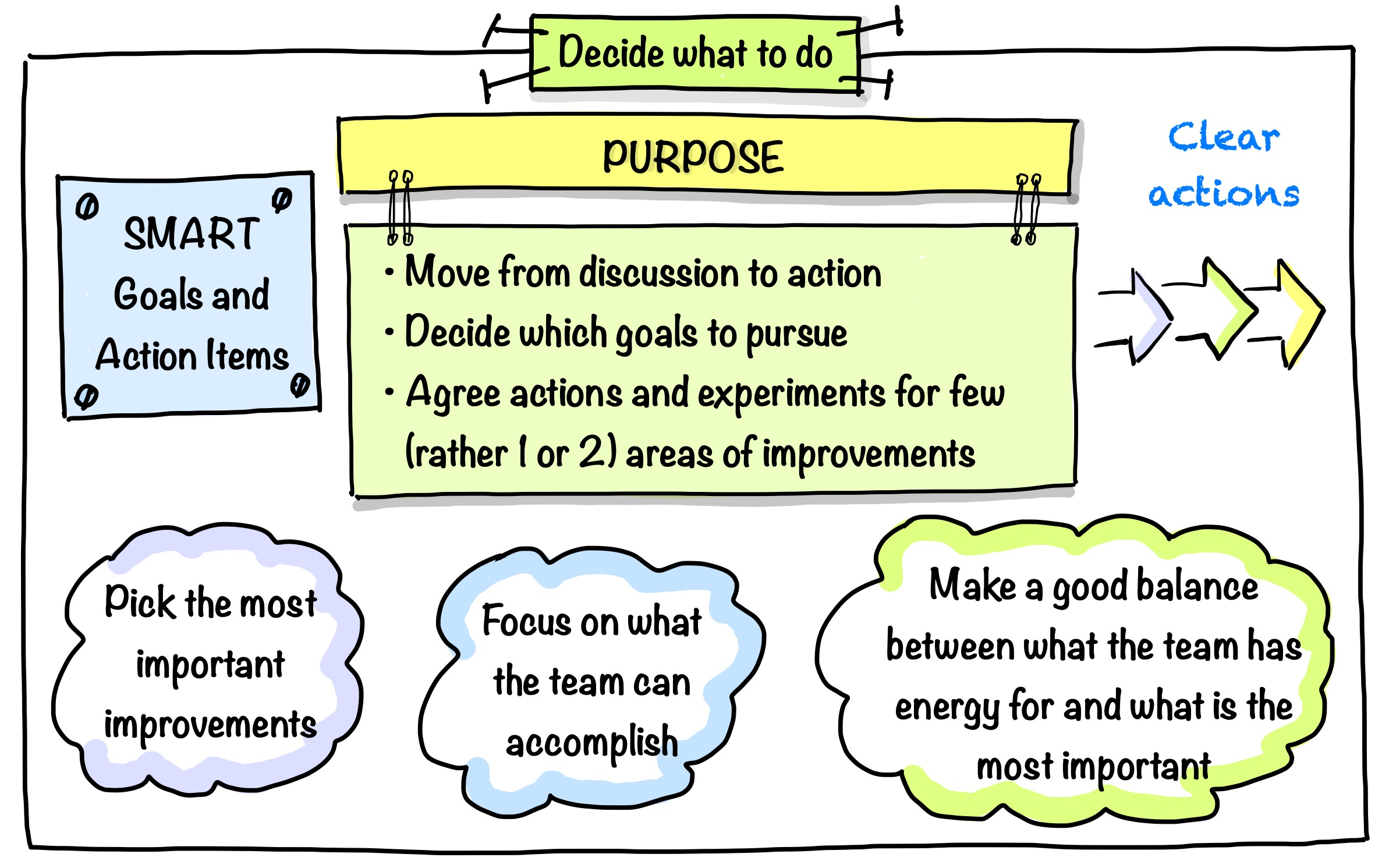
Phase 4 of Retrospective: Decide What To Do
Step 4 of the retrospective is Decide What To Do. It is time to move from a discussion to an action and decide which goals to pursue.
-

Applying 5 Whys for Team Challenges
An illustration how asking Why can change the way we address challenges that our teams have. Some typical situation: team members are late for stand-up on regular basis.
-

Root-cause analysis and 5 Whys
Root-cause analysis is one of the possible activities during Generate Insights phase of retrospective, and a popular method for doing it is Five Whys technique, originated from Toyota.
-

Phase 3 of Retrospective: Generate Insights
Many teams skip Generate Insights phase of retrospective or do a bare minimum of it (like cluster similar items), usually jumping to generating of action items right away. Sometimes it makes sense if the problems are relatively simple and solutions are quite obvious. But we tend to oversimplify the reality and cure symptoms instead of…
-

Phase 2 of Retrospective: Gather Data
Gather Data is the retro step that the most teams don’t skip. Still what is quite often missing is hard data, e.g. events, metrics (WIP, throughput, leading time, velocity, NPS etc.), features, stories completed (or not-completed), defects discovered on production, number of interruptions and task-switching, number of tasks in parallel. Think about what could be…
-
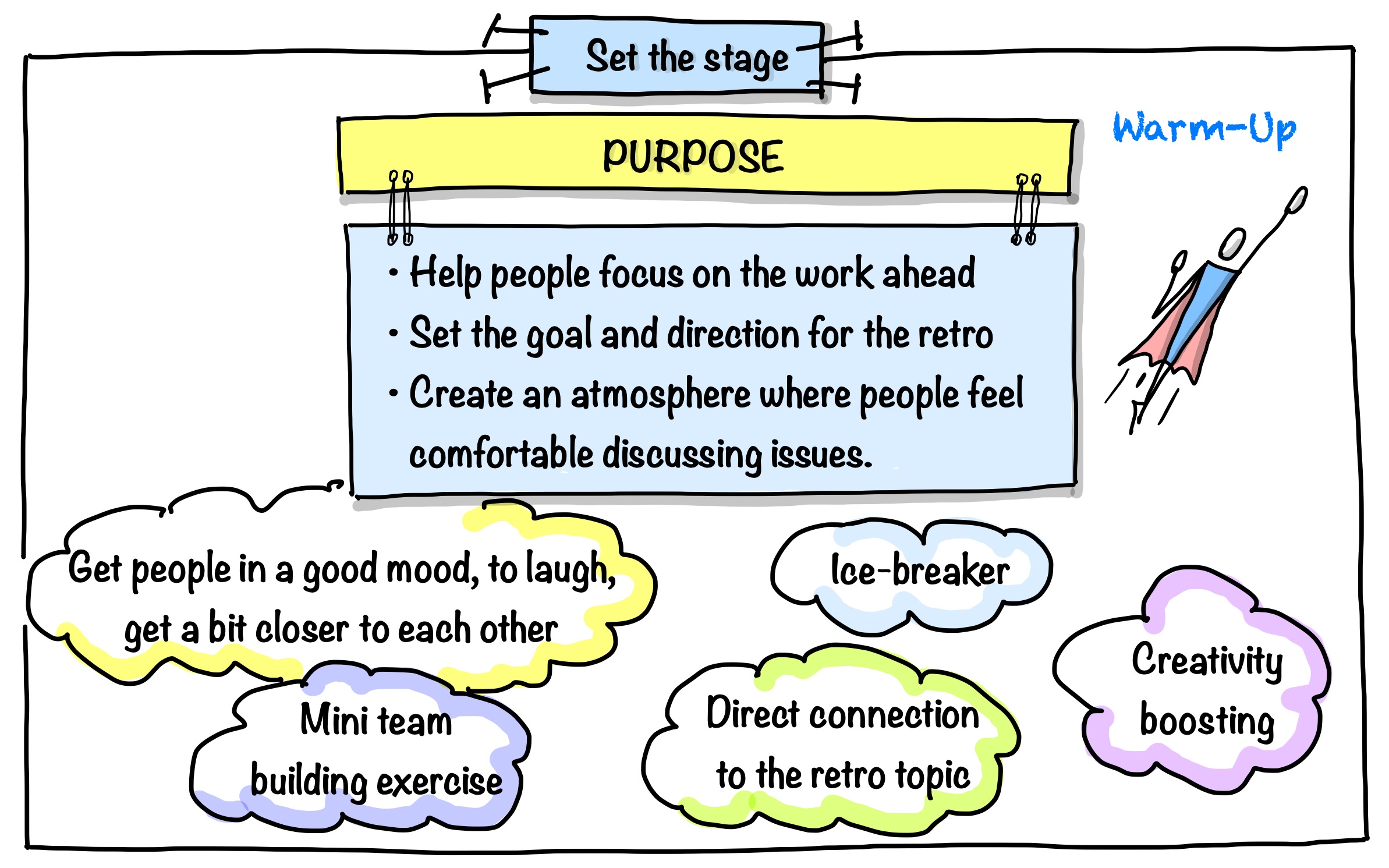
Phase 1 of Retrospective: Set The Stage
The first step of the retrospective is Set the stage, and this step is often omitted, as many teams want to get “straight to the point”. Meanwhile it helps people switch off from previous tasks, focus on upcoming work, start feeling more comfortable and relaxed, get closer to each other, maybe have some laugh and…
-

The Five Phases of Retrospective
Many team retrospectives never go beyond the same format of asking “What went well?” and “What should we do differently?”, which might be a good start, but it becomes boring routine after N times repetitions. As retro facilitators, we could do much better than this – by designing retro formats that would ignite deep thinking,…
-

Why do teams skip retrospectives?
Why teams tend to skip retrospectives? The usual suspect is lack of time but it is not the only one. Others might be: no any tangible results, it is just boring, the same things are being discussed over and over again, the same format year in year out, it is an arena just for a…
